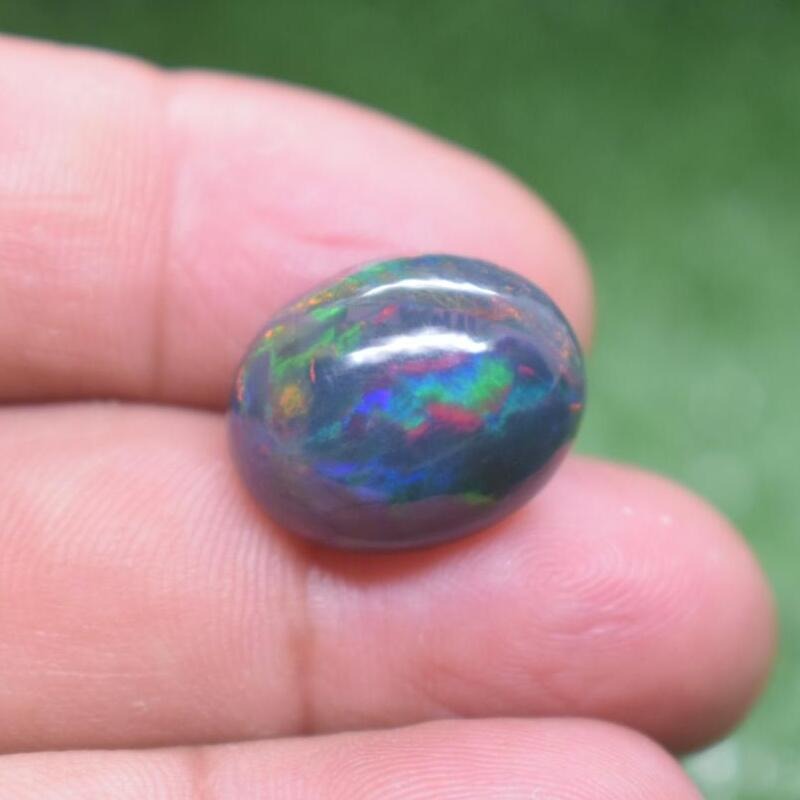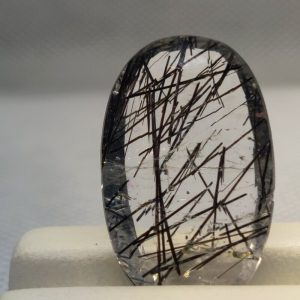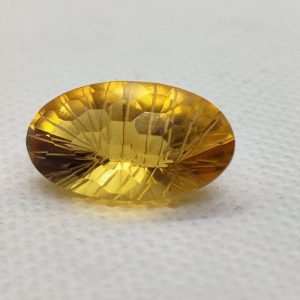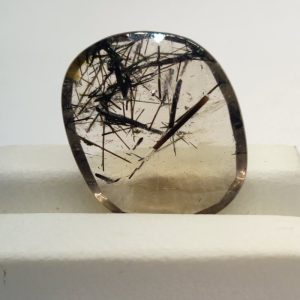Black Opal:
The Black Opal gemstone captivates with its rare and mesmerizing qualities, prized for its striking play of color. Known as the “Queen of Gems,” the Black Opal distinguishes itself with its dark body tone. Which enhances the vibrancy of its rainbow-like colors. Each Black Opal is unique, displaying an array of colors. Ranging from vivid blues and greens to rich reds and purples, shimmering in a dance of iridescence.
Opal:
Furthermore, unveil the captivating beauty of our exquisite Opal gemstone, a stunning addition to any jewelry collection. Renowned for its mesmerizing play of colors, this opal gemstone offers a unique and enchanting display of iridescence that captures the eye and ignites the imagination.
It is Birthstone of October
Detail & Occurrence:
The name *opal* likely derives from the Sanskrit word *upala* (उपल), meaning ‘jewel’, and later from the Greek derivative *opállios* (ὀπάλλιος).
Opals can be transparent, translucent, or opaque depending on the conditions in which they formed. Their background color may range across the visual spectrum, with black opal being the rarest and white, gray, and green opals being the most common.
There are two broad classes of opal: precious and common. Precious opal displays play-of-color (iridescence), while common opal does not.
“Certain minerals, when turned in white light, produce a pseudo chromatic optical effect resulting in flashes of colored light known as play-of-color.”
” Moreover, the internal structure of precious opal causes it to diffract light, resulting in play-of-color.
Other significant deposits of precious opal around the world. You can find it in the Czech Republic, Canada, Slovakia, and Hungary. Turkey, Indonesia, Brazil (in Pedro II, Piauí), Honduras (more precisely in Erandique), Guatemala, and Nicaragua also source of opal.
In late 2008, NASA announced the discovery of opal deposits on Mars.




